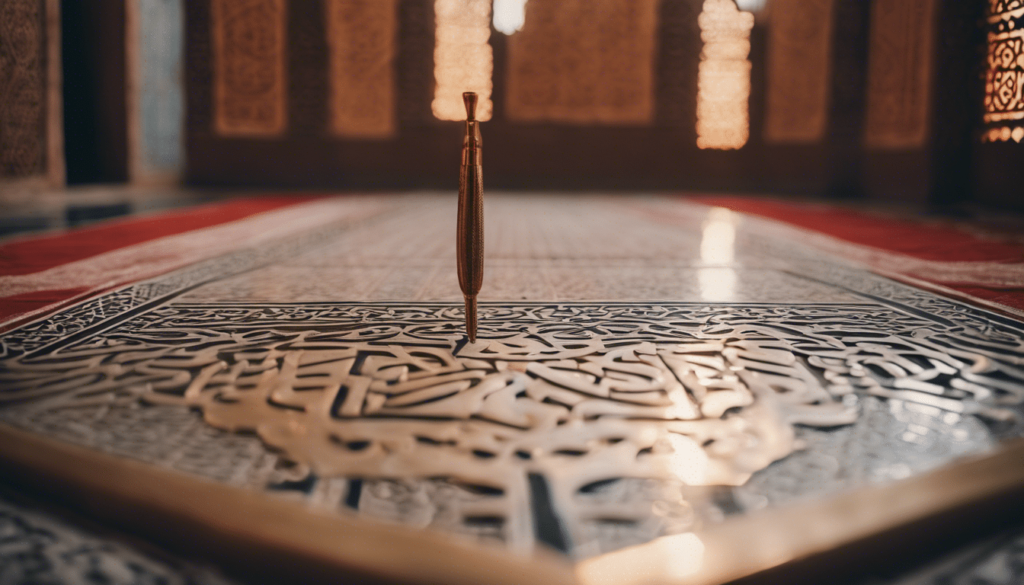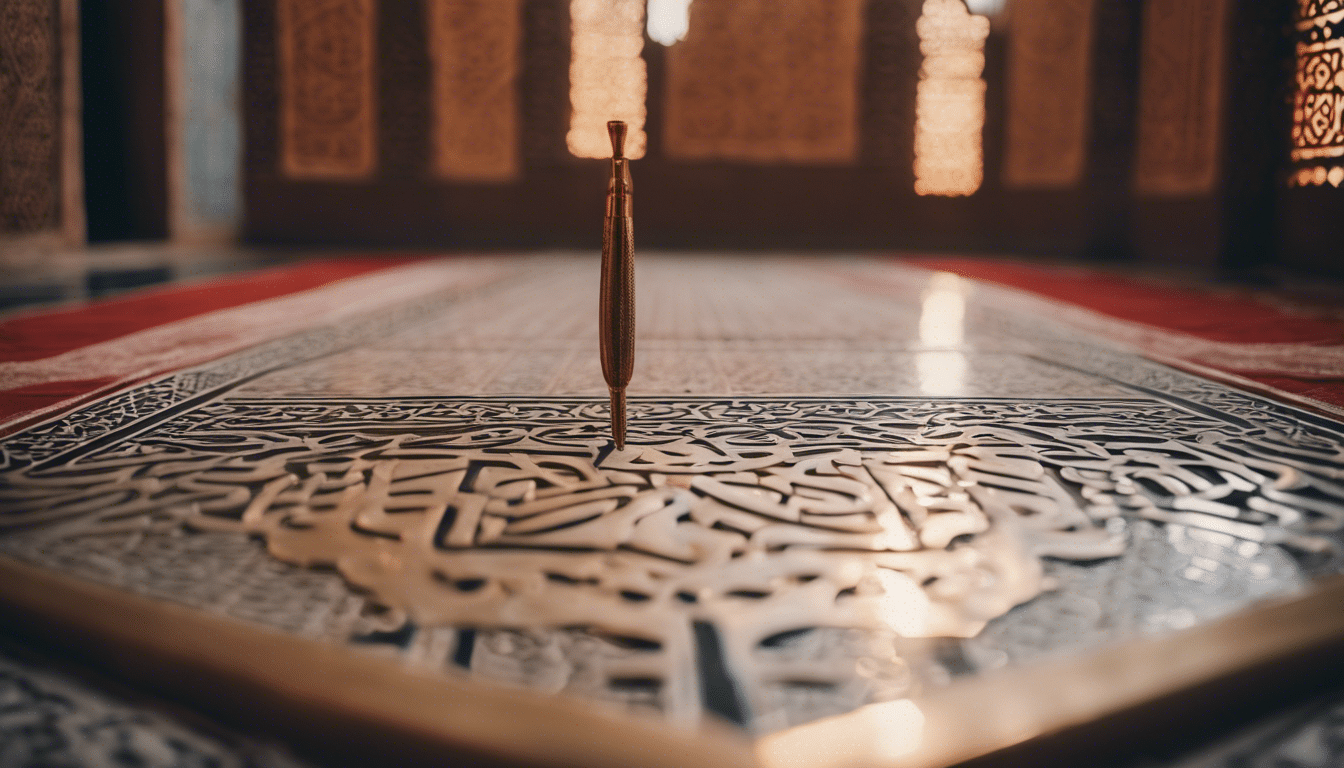
Moroccan geometric patterns weave a story that transcends mere aesthetics, embodying a rich cultural heritage rooted in history, spirituality, and artistry. These intricate designs, often seen in architecture, textiles, and ceramics, are more than decorative flourishes—they are a visual language. From the labyrinthine tilework of the Alhambra to the vibrant rugs of the Atlas Mountains, these patterns reflect a blend of Amazigh, Arab, and Islamic influences. Their symmetry and repetition evoke a sense of order and infinity, principles central to Islamic philosophy, where art avoids human representation in favor of abstract forms. Today, designers worldwide draw inspiration from these motifs, adapting them into modern interiors and fashion, proving their timeless appeal. This article explores the origins, meanings, and enduring relevance of Moroccan geometric patterns in design, revealing why they remain a cornerstone of artistic expression.
Historical Roots of Moroccan Design Traditions
The story of Moroccan geometric patterns begins with the land’s diverse inhabitants. The Amazigh people, indigenous to North Africa, laid the groundwork with bold, simple shapes inspired by nature—think diamonds and zigzags symbolizing mountains and rivers. With the arrival of Islam in the 7th century, these designs evolved, incorporating Arab influences like arabesques and star motifs. The Umayyad and Almoravid dynasties further refined this art, particularly in architecture, where zellige tilework became a hallmark of Moroccan craftsmanship. These tiles, hand-cut into precise shapes, form mesmerizing mosaics that adorn mosques and palaces. Scholars note that this geometric precision mirrors the mathematical advancements of the Islamic Golden Age, a period when algebra and geometry flourished. The result is a design tradition that marries utility with profound cultural significance, a legacy still visible in Morocco’s historic medinas.
The Spiritual Significance Behind the Shapes
At the heart of Moroccan geometric patterns lies a deep spiritual resonance. In Islamic art, the avoidance of figurative imagery shifts focus to abstract forms, where geometry becomes a meditation on the divine. Circles, for instance, represent eternity and unity, while interlocking polygons suggest the interconnectedness of life. The eight-pointed star, a recurring motif, symbolizes harmony and the cosmos, often linked to Sufi mysticism. This symbolism isn’t arbitrary—it’s a deliberate choice to reflect the infinite nature of creation without depicting it directly. Art historian Titus Burckhardt, in his exploration of Islamic aesthetics, argues that these patterns serve as a bridge between the material and spiritual worlds. For Moroccans, crafting these designs is an act of devotion, embedding sacred meaning into everyday spaces like homes and prayer halls, making the mundane transcendent.
Craftsmanship: The Art of Zellige and Beyond
Moroccan geometric patterns owe much of their allure to the artisans who bring them to life, particularly through zellige tilework. This technique involves shaping clay tiles into tiny, precise pieces—squares, triangles, stars—then arranging them into complex mosaics. The process, unchanged for centuries, demands patience and skill, with each piece hand-chiseled and set without gaps. Beyond tiles, these patterns appear in woodwork, plaster carving, and textiles, such as the handwoven rugs of Rabat. The Moroccan government recognizes this craft as intangible heritage, supporting guilds to preserve it against mass production’s encroachment. Visiting a workshop in Fez, one might see artisans tracing designs passed down through generations, their tools echoing a rhythm as old as the patterns themselves. This dedication ensures that each creation carries the weight of tradition, not just decoration.
Decoding the Language of Geometry
To the untrained eye, Moroccan geometric patterns might seem purely ornamental, but they speak a coded language. Take the tessellation—a technique where shapes fit together seamlessly without gaps. This reflects a mathematical elegance, showcasing how Moroccans mastered symmetry and repetition. A square might symbolize stability, while a hexagon, with its six sides, hints at balance and community. Color plays a role too: blues evoke the sky, reds signify vitality, and golds nod to divine light. According to design scholar Keith Critchlow, these patterns often follow fractal principles, where smaller shapes mirror the whole, suggesting infinity within finite space. For designers today, decoding this language offers a toolkit—adaptable yet rooted in meaning—that elevates their work beyond trends, grounding it in something eternal.
Moroccan Patterns in Modern Design
The influence of Moroccan geometric patterns has leapt from ancient riads to contemporary global design. Interior designers now splash zellige-inspired tiles across minimalist kitchens, while fashion houses like Yves Saint Laurent—whose founder adored Marrakech—weave these motifs into fabrics. This resurgence isn’t mere nostalgia; it’s a recognition of their versatility. A geometric rug can anchor a sleek Scandinavian room, or a star-patterned wall can add depth to a brutalist space. The appeal lies in their balance of complexity and restraint, offering texture without chaos. Design magazines like Architectural Digest often spotlight this trend, noting how these patterns bridge cultural heritage with modern tastes. Their adaptability ensures they remain relevant, proving that good design transcends time and geography.
Cultural Fusion and Global Influence
Moroccan geometric patterns didn’t evolve in isolation—they’re a fusion of influences. The Amazigh brought earthy simplicity, Arabs added curvilinear elegance, and Andalusian exiles from Spain introduced intricate refinements post-Reconquista. This melting pot birthed a style that’s distinctly Moroccan yet universally resonant. By the 20th century, European colonialists like the French admired and exported these designs, sparking an Art Deco fascination with their boldness. Today, globalization amplifies this reach—think Moroccan-inspired throw pillows in a New York loft or a tiled café in Tokyo. Scholars at the Metropolitan Museum of Art trace this diffusion, showing how trade routes and migration carried these patterns worldwide. Their journey reflects a dialogue between cultures, where Morocco’s visual vocabulary speaks to a shared human instinct for beauty and order.
Comparison Table: Traditional vs. Modern Uses
| Aspect | Traditional Use | Modern Use |
|---|---|---|
| Materials | Clay tiles, wool, wood | Concrete, synthetics, glass |
| Purpose | Spiritual expression, utility | Aesthetic enhancement, decor |
| Color Palette | Earth tones, natural dyes | Bold synthetics, pastels |
| Setting | Mosques, homes, palaces | Commercial spaces, residences |
This table highlights how Moroccan geometric patterns have shifted from sacred, functional roles to broader decorative applications, adapting to new contexts while retaining their core identity.
Preservation Challenges in a Digital Age
Preserving Moroccan geometric patterns faces modern hurdles. Industrialization threatens traditional craftsmanship, as machine-made replicas undercut artisans’ livelihoods. UNESCO’s recognition of zellige as heritage has spurred efforts, but demand for authenticity wanes as cheaper alternatives flood markets. Climate change also impacts raw materials—clay and dyes suffer from erratic weather in Morocco’s shifting landscapes. Yet, technology offers hope: 3D printing experiments replicate these designs, and digital archives catalog patterns for posterity. Moroccan designer Hicham Lahlou champions this balance, blending heritage with innovation. The challenge lies in honoring the past without freezing it, ensuring these patterns evolve rather than fade into museum relics.
FAQs on Moroccan Geometric Patterns
What do Moroccan geometric patterns symbolize?
They often represent spiritual concepts like eternity, unity, and harmony, rooted in Islamic art’s abstract traditions, with shapes carrying specific meanings like stability or infinity.
How are zellige tiles made?
Artisans hand-shape clay into small geometric pieces, glaze them, and assemble them into seamless mosaics—a labor-intensive process unchanged for centuries.
Why are these patterns popular in modern design?
Their versatility, symmetry, and cultural depth make them adaptable to minimalist, eclectic, or luxurious styles, bridging tradition and contemporary aesthetics.
Where can I see authentic examples?
Visit Morocco’s Hassan II Mosque, the Alhambra in Spain, or browse collections at institutions like the Louvre Museum for stunning displays.
A Legacy Woven in Lines and Shapes
Moroccan geometric patterns are more than a design trend—they are a testament to human ingenuity, faith, and resilience. Born from a crossroads of cultures, honed by artisans, and elevated by spiritual intent, they offer a blueprint for beauty that speaks across centuries. Their journey from ancient medinas to modern lofts underscores a universal truth: meaningful design endures. As we face a future of rapid change, these patterns remind us to seek harmony in complexity, to value craft in an automated world, and to find inspiration in the past without losing sight of tomorrow. They are Morocco’s gift to design—a legacy etched in clay, thread, and imagination, inviting us all to see the world through their intricate lens.

